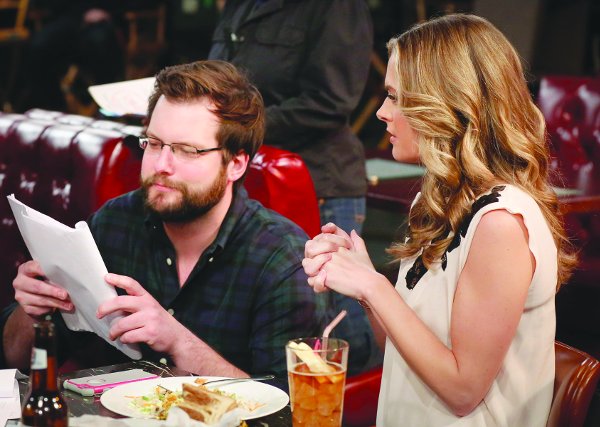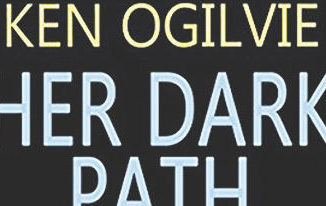When we think of judges, we see them as extremely intelligent and literate people. And they are. But perhaps more so now, thanks to the efforts of an English professor at the University of Toronto who also teaches judges and recently published Creating Legal Worlds, a study of how rhetoric, story, and style function as integral elements of any legal argument.
Now that the court is in session, let me introduce you to Greig Henderson, accomplished author, professor and father. Prof. Henderson has lived in the Leaside community for nearly 18 years, ever since he and his family moved from their house in the St. Lawrence community. Greig immediately fell in love with his house in Leaside. It was the perfect size for his wife and three daughters, and he is especially fond of many of its vintage features. Over the years, in fact, he says he has not had to change anything since it is perfect in his eyes.
Greig has enjoyed a distinguished career at the U of T for almost 35 years, during which time he has taught English to both literature students and judicial professionals. On the English lit side, his area of expertise is 20th century literature and criticism with an emphasis on rhetoric and rhetorical theory. He sees clear ties between English lit and the world of law because the earliest rhetoricians in 5th century B.C.E. Greece were also the first legal advocates.

When I first learned Greig was teaching English to judges, I was extremely curious about which aspects of English they need help with. “The problems with legal and judicial writing are mostly problems of organization, problems that arise from plunging into detail without giving your reader a road map,” he told me. His methods of helping them remedy that problem are to show them that giving context first, moving to the point, and finally to the detail are the best way to keep an audience on track.
“Most legal writing is point-last writing, which is fact- and case-driven as opposed to point- or issue-driven writing,” he added. Point first writing cuts judgments in half by eliminating the facts that do not pertain to the issue that is being decided. Simplified, the idea is that, giving the audience some context before driving your point home and following up with the details are almost akin to spinning a tale or telling a story.
All of this learning and wisdom might have stayed in the classroom had it not been for Greig’s wife, Erica, who encouraged him to write about his experiences. “Erica said to me, ‘you give all these talks to the judges about the role of storytelling. Why not write about that?’ So I did.”
The result was a number of articles, followed by the book “Creating Legal Worlds,” published by the University of Toronto Press. His reasoning behind writing this book was that he became convinced over the years that judgments are more like novels or short stories. Judgments have plot, characters, heroes, villains, victims and conflict. By showing the similarities between law and literature, he was able to use his skills in English to offer a different analysis of some of the famous – and infamous – judgments in history.
I asked Greig how this book differs from his academic writing. “It doesn’t differ much from my other academic writing except for the fact that it’s directed at a larger audience, not just scholars in the field of law and literature, rhetoric, narrative theory and stylistics,” he said. “I hope that the book will appeal to judges, lawyers, and general readers who are interested in how story and style are not just ornament or embellishment but integral parts of argument and persuasion in almost any field.”
He rests his case.
Story written by Simon Day.




